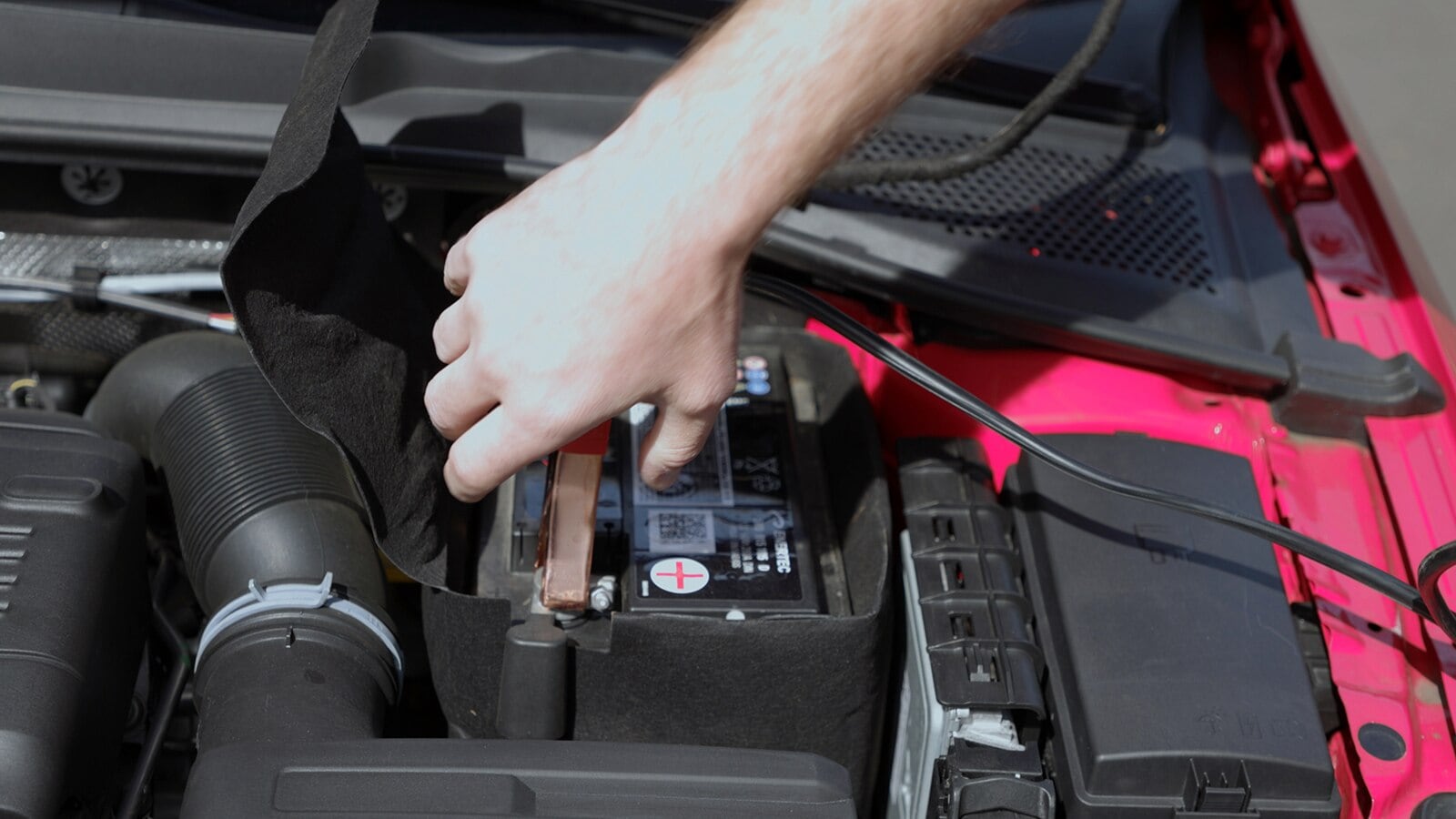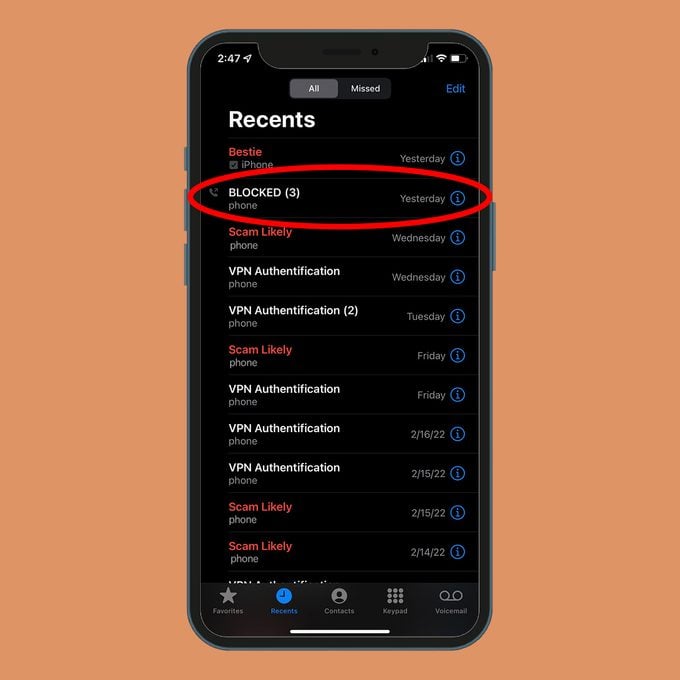How to jump a car
How to jump a car. Every driver has to have the fundamental ability to jump start a car battery.
Jumping your automobile is not something that is done frequently or at a convenient time, similar to changing a flat. Jump-starting an automobile only requires a little knowledge and a few easy steps, and it doesn’t take long. In a few minutes, you can resume driving.
Jumper cables, often referred to as booster cables, are needed to connect the dead battery in your automobile to a fully charged battery in another vehicle in order to jump start it. A decent set of cables and other roadside emergency supplies are excellent to carry in your car’s trunk.
Learn how to jump start a car with these instructions by reading on.
Steps How to jump a car with a Dead Battery
1. Position the Booster Vehicle
First, leave a fully charged vehicle adjacent to the vehicle with the drained battery. The cars may be parked side by side or bumper to bumper. They must be close enough for the batteries to be accessible to the jumper cables.
Remove the keys and turn off the ignitions in both vehicles. Both vehicles’ emergency brakes should be set. All accessories, including the radio, lighting, and climate control, should be turned off.
Note: Under the hood of the majority of gasoline-powered cars are batteries. In other vehicles, the battery is located underneath the back seat or in the trunk, though. Set the car’s excellent battery in the appropriate position. If you don’t know where the battery is located, see the owner’s manual.
2. Locate Battery Terminals

To get to the batteries, raise the hoods of the cars. Positive (+) and negative (-) terminals are present on an automobile battery (-). There are occasions when the battery connections are concealed, and remote metal posts are installed for easy access to jump start or boost the battery. A red cap is frequently used to indicate the positive terminal. If needed, consult the vehicle’s manual for terminal locations.
The terminals ought to be corrosion-free. Use a wire brush, aluminum foil, or something other than your bare hands to remove the substance if it appears to be covered the posts with a white or greenish substance. Your skin may get itchy from the rusting.
If the battery is leaky or damaged, do not try to jump it.
3. Connect Jumper Cables

Jumper cables have a pair of spring-loaded clamps at each end — one red and one black. Red clamps attach to positive battery terminals; black clamps are for negative posts or grounding. It’s essential to connect the four clamps securely and in the correct sequence. Improper connection can result in personal injury or damage to the cars’ electrical system.
Keep the metal clamps from touching each other while clipping onto the batteries.
- First, attach a RED clamp to the positive terminal of the DEAD battery.
- Next, attach the RED clamp from the other end of the cables to the BOOSTER battery’s positive terminal.
- Next, connect the BLACK clamp to the BOOSTER battery’s negative terminal.
- Last but not least, fasten the BLACK clamp to an unpainted metal component of the engine of the vehicle with the DEAD battery, such as a bolt or bracket. A grounding bolt is specifically located for this function in some models.
4. Jump-Start the Car

Make sure the linked booster wires are not close to any moving engine components. Activate the generator by starting the car’s engine.
Afterward, start the car on the low battery. You might need to wait a few minutes if the engine doesn’t start right away so that the battery can charge up sufficiently. This might happen more quickly if the booster vehicle’s idle speed is increased.
Note: Finding a dead car battery is never convenient, and bad weather can make matters worse. It’s safe to jump a car in the rain if you’re concerned about doing so. The vehicle battery’s voltage isn’t high enough to make the process any riskier than jump-starting on a dry day, even with the addition of moisture.
5. Disconnect Jumper Cables

Disconnect the jumper cables in the opposite direction from how they were attached while the engine of the jump-started vehicle is idle and smooth. When attaching and detaching metal clamps from battery connections, be sure that they never touch.
- The jumped car’s negative clamp should be disconnected.
- Next, remove the booster car’s negative clip.
- After that, unplug the booster car’s positive clamp.
- The positive clamp from the jumped automobile should then be unplugged and removed.
6. Drive the Jumped Car
Close the car’s bonnet after returning the safety cords to your emergency supply bag. Then, in order to give the alternator time to recharge the jump-started battery, drive the car for at least 20 minutes.
When you shut off the engine, make sure to park the car somewhere open and secure in case it requires a jump again. If the battery does require another jump, its state may be worsening, particularly if it is older than a few years.
The car battery can be diagnostically checked at many auto parts outlets that sell batteries to see whether a replacement is required.
How to jump a Hybrid Car or Electric Vehicle
As there are more electric vehicles on the road, more people are curious about whether or how to jump a hybrid vehicle. The straightforward response is that a hybrid or electric car is jump-started using a method akin to that of a conventional gas-powered car.
It’s vital to remember that hybrid vehicles contain two batteries: a 12-volt battery, similar to the type found in a typical car, and a more powerful battery system used to power the electric motor.
Many manufacturers placed the 12-volt auxiliary battery in odd locations for hybrid vehicles. For convenience, some people have put jump-start tabs in the fuse box under the hood. It’s recommended to consult the vehicle’s manual for advice on jump-starting a hybrid because this differs by make and model.
A similar problem exists for EVs. While the EV is powered off, electronics are kept operational by a 12-volt battery. It might require a jump to start the motor if this is discharged. Even if they are of the same brand, you cannot use another EV to jump start an EV.
Electric vehicles’ 12-volt systems aren’t made to support a second EV in this way.
If your electric car battery dies, use a gas-powered vehicle or a portable jumper cable.
















